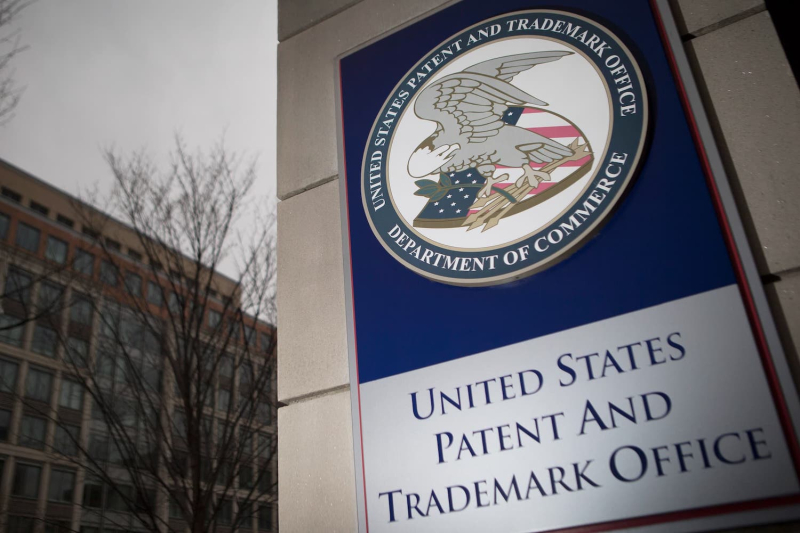The United States Patent and Trademark Office (USPTO) says that artificial intelligence systems cannot be named inventors, but people can use AI tools in the process of creating patented inventions and must disclose information if they do so.
The agency published its latest guidance after a series of “listenings” to gather public feedback, The Verge reports. It states that while AI systems and other “non-natural persons” cannot be named as inventors in patent applications, “the use of an AI system by an individual does not disqualify the individual from being considered an inventor.” People filing patents must disclose whether they used AI in the invention process, just as the USPTO asks all applicants to list all relevant information needed to make a decision.
However, in order to be able to register a patent, the person using the AI must make significant contributions to the development of the concept of the invention. A person who simply asks an AI system to create something and watches it do so does not become an inventor, the report says. The Office notes that a person who simply poses a problem to an AI system cannot qualify for a patent.
However, a significant contribution can be demonstrated by how a human constructs a hint based on a specific problem to obtain a specific solution from an artificial intelligence system.
— noted in the USPTO.
The Department also notes that “maintaining «intellectual dominance» over an artificial intelligence system does not in itself make a person an inventor” – so simply observing or owning artificial intelligence that creates things does not mean one can apply for a patent on them.
In 2020, the USPTO ruled that only “natural persons” can apply for patents after denying a petition by researcher Steven Thaler. Thaler added the artificial intelligence system he created, DABUS, as an inventor to the patent application. The US court upheld the patent office's decision. Another federal court has ruled that AI systems cannot be copyrighted after Thaler filed a separate claim for an AI-generated image.

